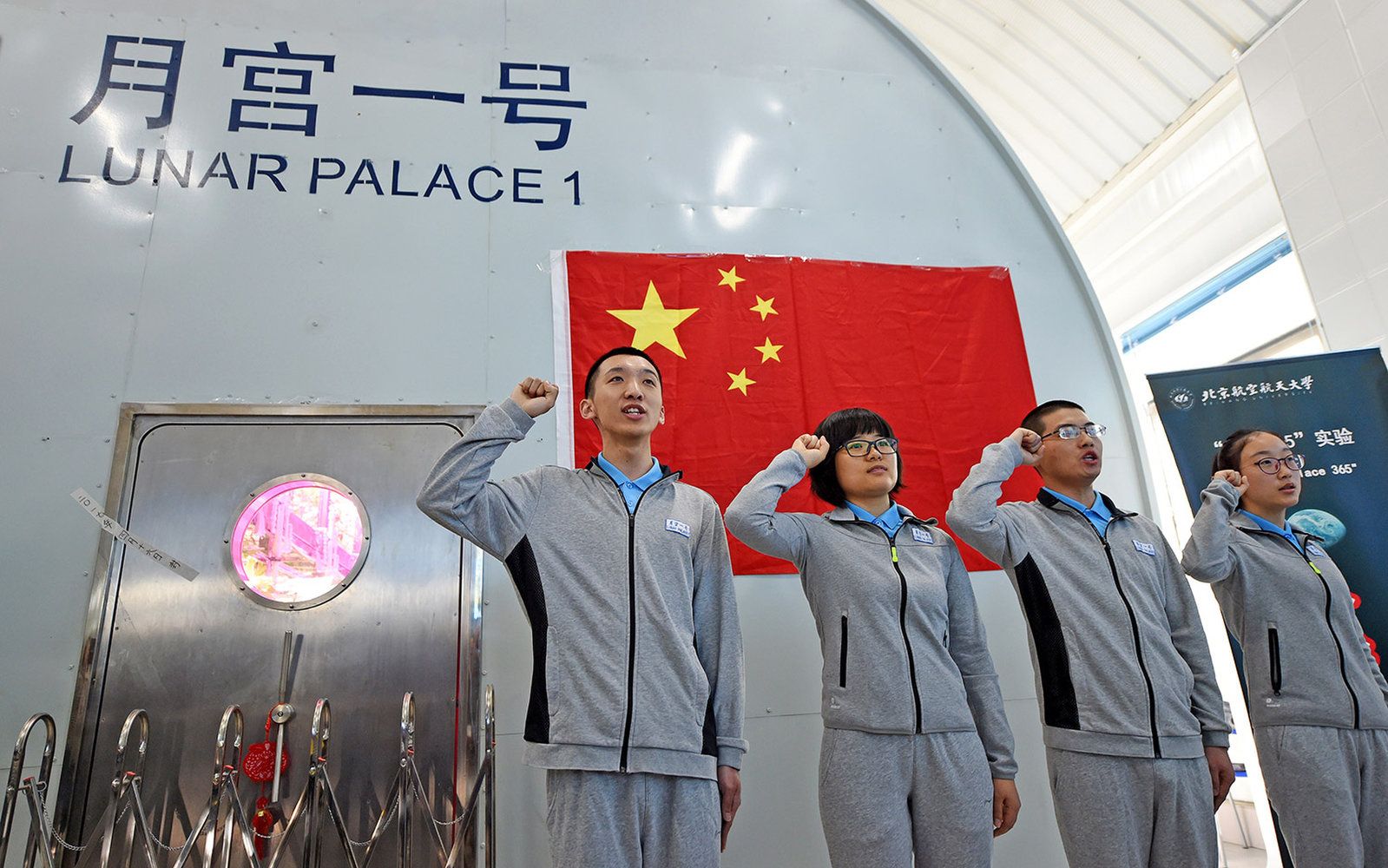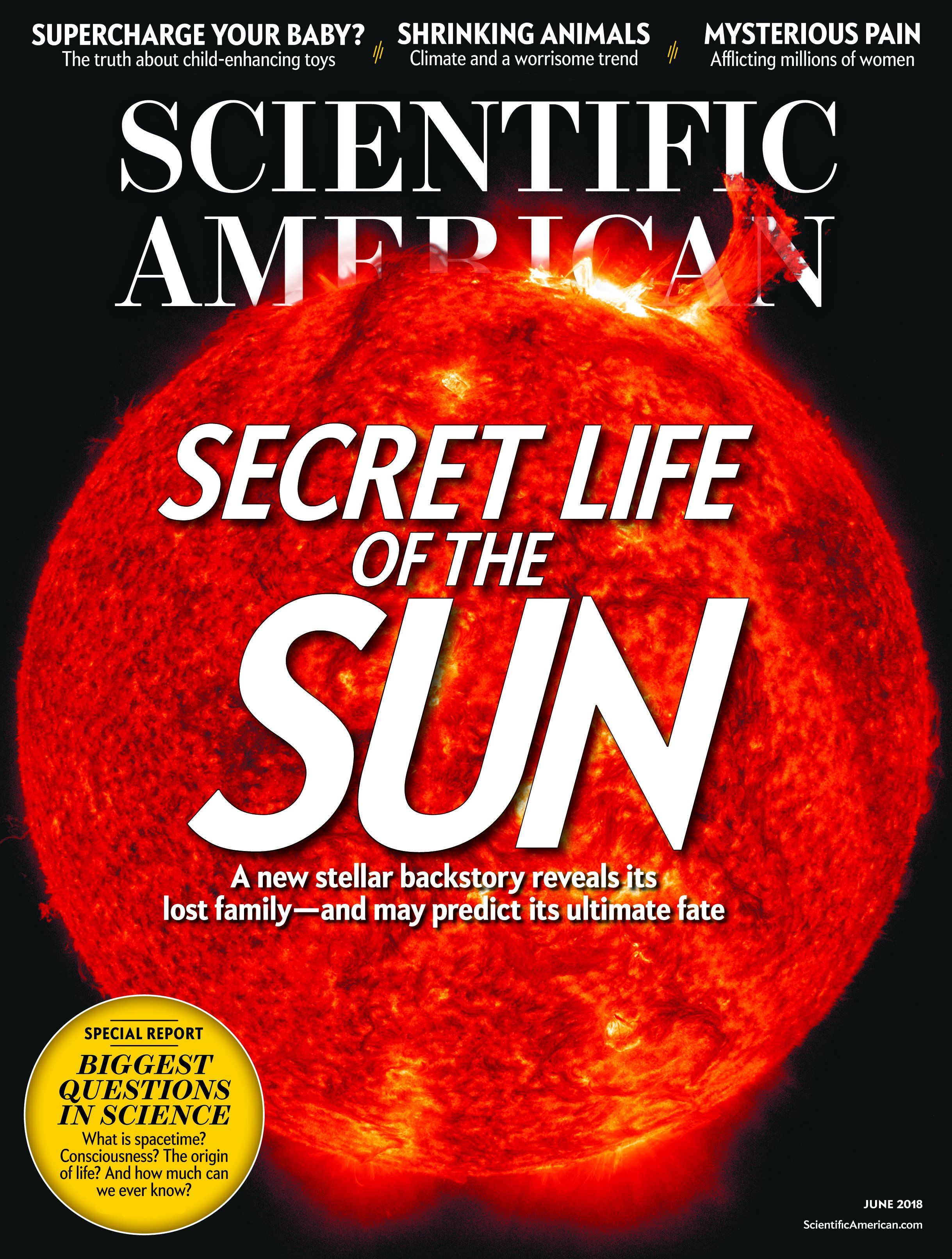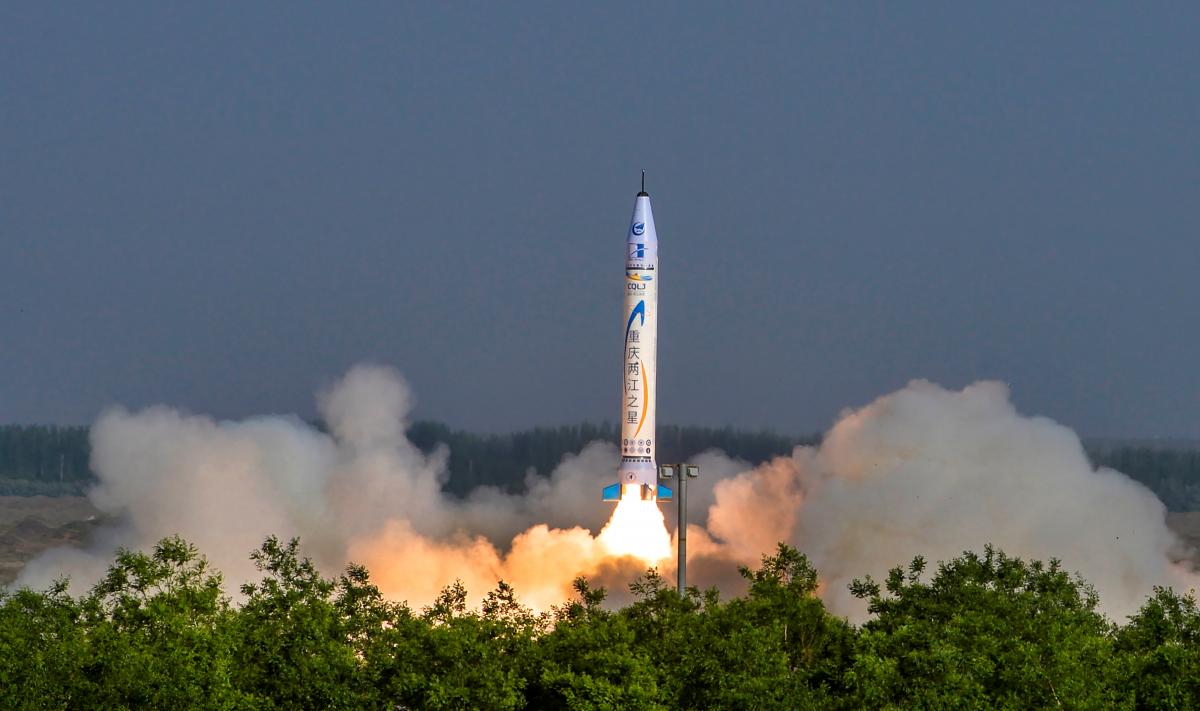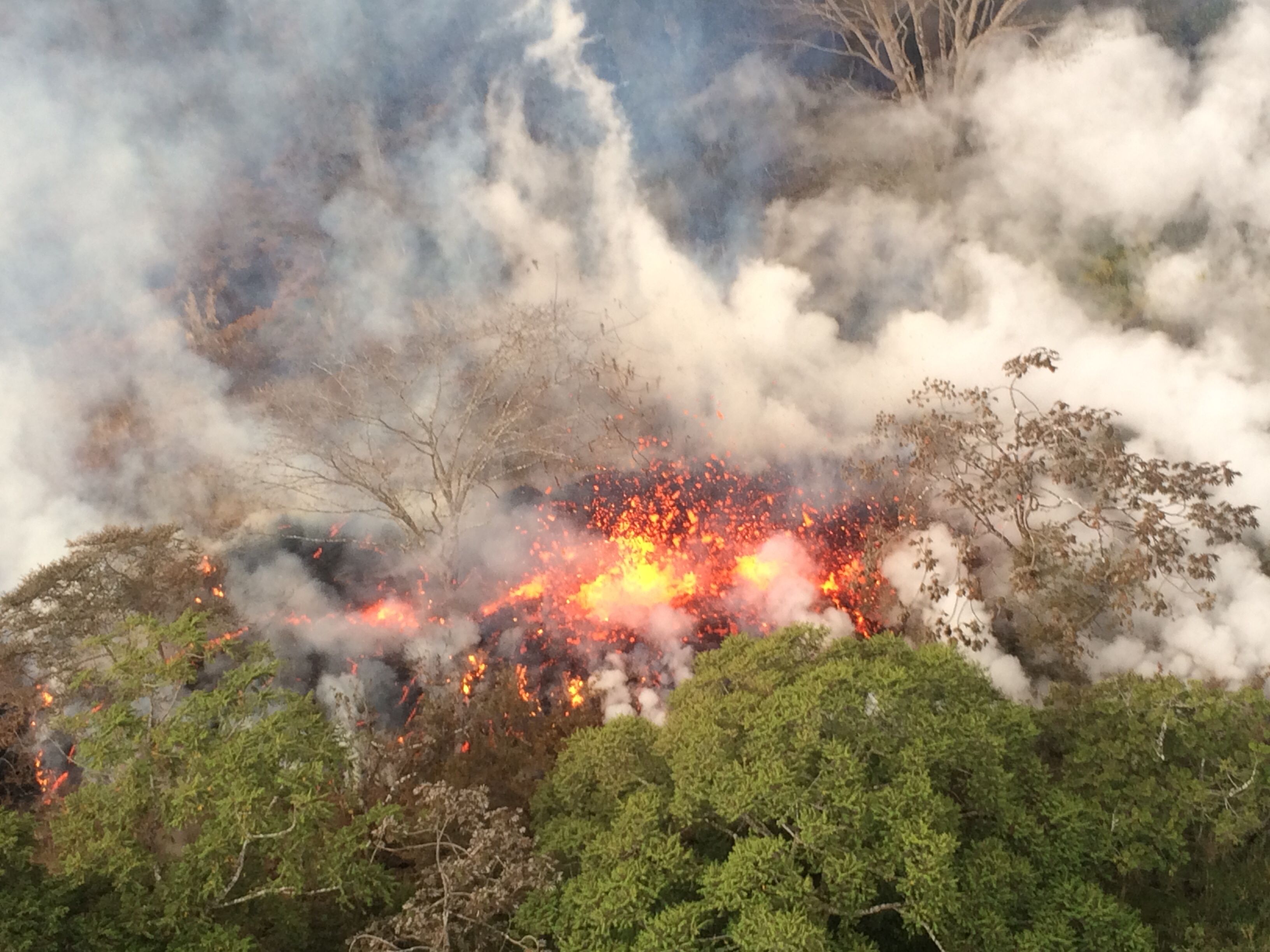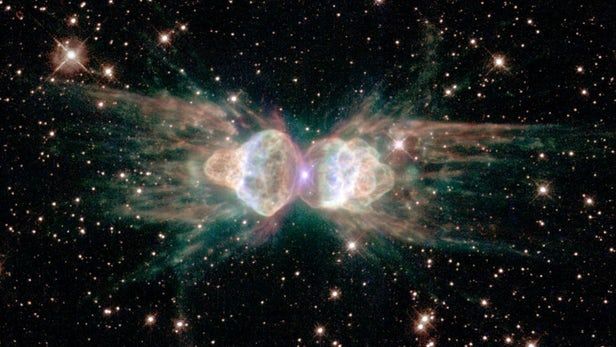May 17, 2018
What happens to small towns whose water becomes big business for bottled brands?
Posted by Bill Kemp in categories: business, food, law
Groundwater being pumped from a highland aquifer, only to be whisked away in tankers and sold in little plastic bottles by a multinational corporation – it’s a difficult concept for a small farming town to swallow.
Just ask the residents of Stanley, Victoria, whose four-year court battle to stop a farmer bottling local groundwater for Japanese beverage giant Asahi ended in failure last month. They were left with a A$90,000 bill for legal costs.
Locals have clashed with the bottled water industry in many parts of the world, including the United States and Canada, and perhaps most famously in the French spa town of Vittel, where residents have accused Nestlé of selling so much of their water to the rest of the world that they barely have enough left for themselves.

